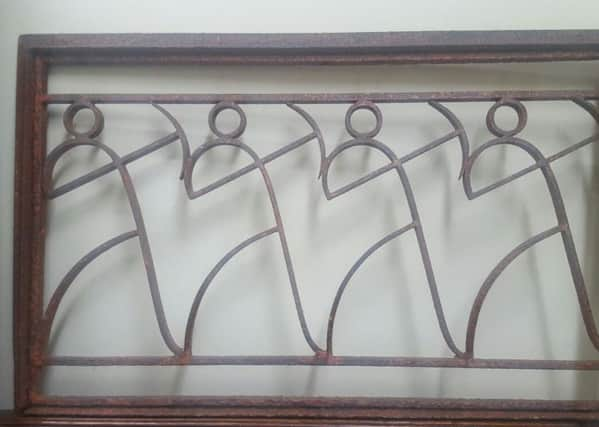Mining friezes could have links to former Sutton (Brierley) Colliery


Six friezes, made of wrought iron, were sold at auction and are now on display at a coastal cafe in Northumberland.
The auctioneer said the friezes originally came from Sutton Colliery. But it is not clear whether he meant the pit that stood in Stanton Hill between 1874 and 1989 or Sutton Manor Colliery, near St Helen’s, which was one of the largest pits in the Lancashire coalfield until it shut in 1991.
Advertisement
Hide AdAdvertisement
Hide AdNow Jeremy Winter, a prominent member of the National Mining Memorabilia Association, has asked Chad readers for their help in providing information on the friezes.
“They were picked up at the auction by a mining lamp collector and then sold for £100 each to a friend of mine, Duncan Lawrence, who runs The Drift Cafe in Cresswell near Morpeth,” explained semi-retired Jeremy, 58, who used to work in the south Derbyshire coalfield.
“They are in Art Deco style and show miners wielding picks. They measure about 800mm by 400mm and look as if they were once part of a wall.
“But they aren’t friezes that have just been knocked up quickly and welded. They have been forged and have been very well made in the traditional blacksmiths’ style.
Advertisement
Hide AdAdvertisement
Hide Ad“I have made enquiries, but to no avail. I was wondering if they might have been made by former mining apprentices at a college in the Mansfield area.”
Friezes are broad, horizontal bands of sculpted or painted decoration. Jeremy himself went to Coalville Technical College as an apprentice electrician in his younger days, and suspects this is the kind of piece students with a mining connection might have worked on.
“Duncan thinks they are smashing and asked me to have a look at them,” he added. “He plans to keep them, but it would be nice to know where they came from.”
Sutton Colliery, known locally as Brierley Colliery, employed thousands of miners during its 115-year history. It was tainted by disaster in 1957 when five men, including one aged only 16, died after an explosion and a fire at the pit.
Anyone with information on the friezes should contact Jeremy at his home in Newton Solney, near Burton-on-Trent. E-mail him at [email protected]